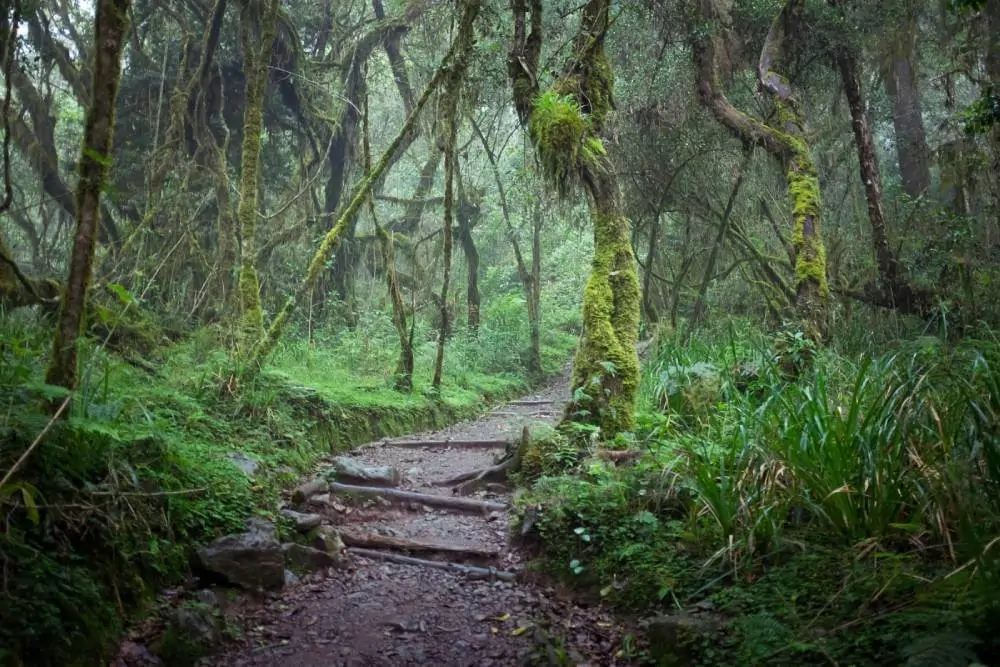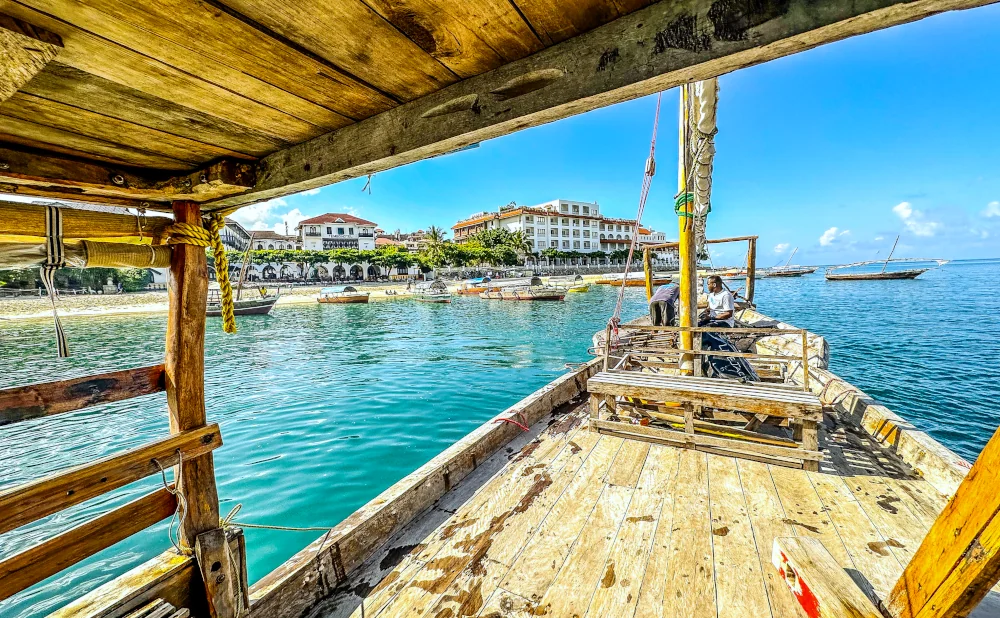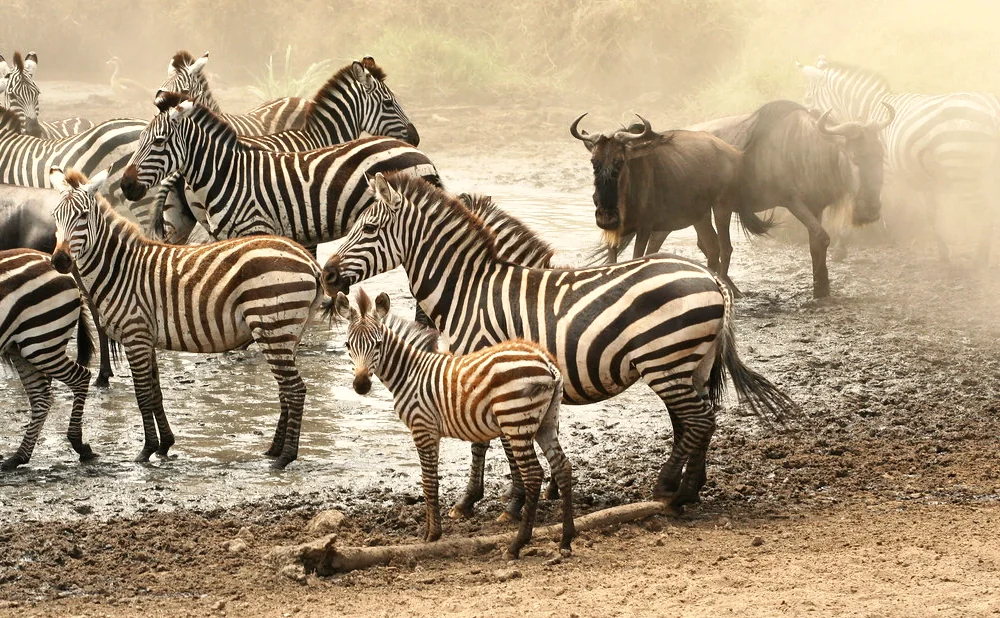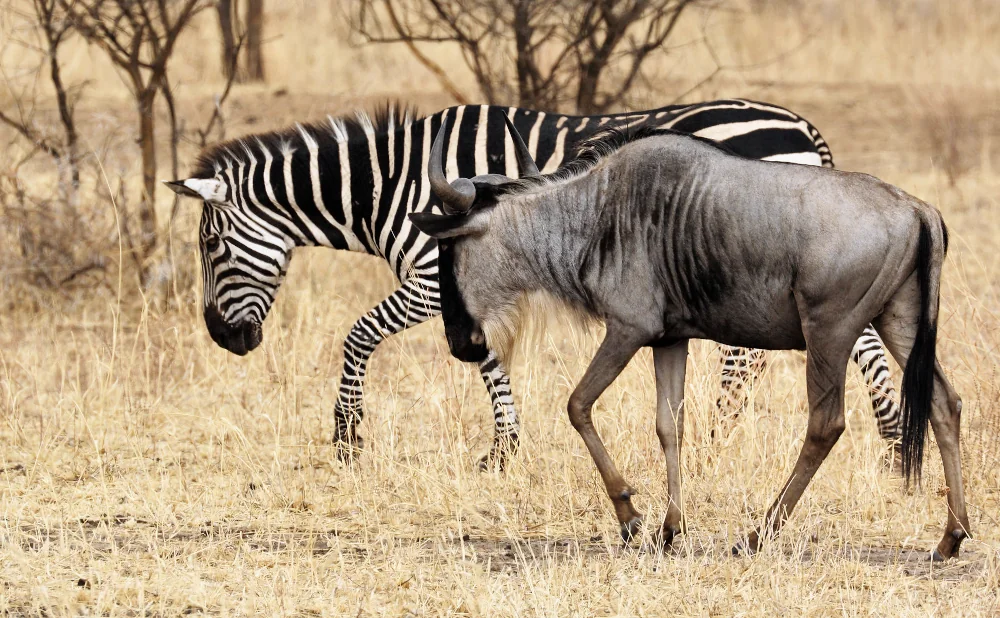kilimanjaro mountain in africa
Kilimanjaro Mountain, a majestic peak in Africa, is a beacon for adventurers worldwide. Its snow-capped summit and diverse ecosystems make it a unique destination.
Is Mount Kilimanjaro the tallest mountain in the world? No, but it holds its own record. It's the highest free-standing mountain globally, a fact that adds to its allure.
Hiking Kilimanjaro is a dream for many. The journey offers not just physical challenge but also a rich cultural experience. The mountain's trails wind through rainforests, moorlands, and alpine deserts, each with its own charm.
Choosing the best route for hiking Kilimanjaro is crucial. Each path offers a different experience, and the choice can impact your overall journey. We'll delve into this topic, providing insights to help you make an informed decision.
This article serves as a comprehensive guide to Kilimanjaro Mountain. Whether you're an adventure traveler, a geography enthusiast, or someone curious about this African marvel, you'll find valuable information here. Let's embark on this virtual journey to the roof of Africa.
Kilimanjaro Mountain: Africa's Majestic Peak
Kilimanjaro Mountain, located in Tanzania, is Africa's highest peak. Standing at approximately 5,895 meters (19,341 feet) above sea level, it's a sight to behold. The mountain is a dormant volcano, with three volcanic cones named Kibo, Mawenzi, and Shira.
Kilimanjaro is part of the Kilimanjaro National Park, a UNESCO World Heritage site. Its diverse ecosystems range from tropical rainforests at the base to arctic conditions at the summit. This variety of landscapes adds to the mountain's appeal for hikers and nature lovers alike.
The mountain is home to a variety of wildlife. As you ascend, you might spot colobus monkeys, elephants, and even leopards. The flora and fauna change with the altitude, offering a unique biodiversity.
Kilimanjaro's glaciers are a significant feature of the mountain. However, they are retreating due to climate change and may disappear in the next few decades. This fact adds a sense of urgency for those wishing to witness this natural wonder.
Kilimanjaro Mountain is more than just a hiking destination. It's a symbol of Africa's natural beauty and a testament to the continent's rich biodiversity.
Is Mount Kilimanjaro the Tallest Mountain in the World?
While Kilimanjaro Mountain is the highest peak in Africa, it is not the tallest mountain in the world. That title belongs to Mount Everest, which stands at a staggering 8,848 meters (29,029 feet) above sea level.
However, Kilimanjaro holds a unique record of its own. It is the tallest free-standing mountain in the world. This means it is not part of a mountain range but stands alone, rising majestically from the plains of Tanzania.
So, while it may not be the world's tallest, Kilimanjaro's impressive height and solitary stance make it a remarkable geographical feature.
The Best Routes for Hiking Kilimanjaro
Kilimanjaro Mountain offers several routes to its summit. Each route provides a unique experience, with varying levels of difficulty and scenic beauty. The choice of route often depends on the hiker's experience, fitness level, and personal preference.
The most popular routes include the Marangu, Machame, and Lemosho routes. The Marangu route, often called the "Coca-Cola" route, is the most established and has hut accommodations. The Machame route, known for its scenic beauty, is more challenging. The Lemosho route offers a more gradual ascent and is known for its high success rate.
Here are the main routes to consider:
Marangu Route
Machame Route
Lemosho Route
Rongai Route
Northern Circuit
Shira Route
Remember, the best route for you will depend on your personal preferences and physical condition. It's always a good idea to research each route thoroughly before making a decision.
Preparing for Your Hiking Tour: Tips and Essentials
Climbing Kilimanjaro is a significant undertaking. It requires physical fitness, mental determination, and proper preparation. The journey to the summit is not just about endurance, but also about acclimatization to the high altitude.
Physical preparation should include cardiovascular, strength, and endurance training. It's recommended to start training several months before the hike. This will help your body adapt to the strenuous activity and increase your chances of reaching the summit.
Acclimatization is crucial to avoid altitude sickness. The "walk high, sleep low" strategy is often used to aid acclimatization. This involves hiking to a higher altitude during the day and sleeping at a lower altitude at night.
Here are some essential items to pack for your Kilimanjaro hike:
Layers of clothing for varying climates
A good quality sleeping bag
A headlamp
Sunscreen
Water treatment tablets or a water filter
Remember, proper preparation is key to a successful and enjoyable Kilimanjaro hiking tour.
Kilimanjaro Mountain Map: Navigating the Roof of Africa
A comprehensive Kilimanjaro mountain map is an essential tool for your hike. It will help you understand the terrain, the routes, and the key landmarks on the mountain.
The map will also assist in planning your daily hikes, rest stops, and overnight camps. It's important to familiarize yourself with the map before starting the hike.
Remember, a successful Kilimanjaro hike is not just about physical strength, but also about smart navigation. A good map can make your journey to the roof of Africa smoother and more enjoyable.
What to Expect on a Kilimanjaro Hiking Tour
A Kilimanjaro hiking tour is a journey of discovery and endurance. You'll traverse through diverse ecosystems, from lush rainforests to arctic conditions at the summit. Each day brings new challenges and breathtaking views.
The hike is physically demanding, with long days of walking and steep ascents. But with the right preparation and mindset, it's an achievable goal. Remember, the mantra on Kilimanjaro is "pole pole" - slowly, slowly.
The summit night is the most challenging part of the climb. But reaching the peak at sunrise, with the African continent spread out below you, is an unforgettable reward.
The Cultural and Environmental Significance of Kilimanjaro
Kilimanjaro Mountain holds a special place in the hearts of the local Chagga people. It's not just a geographical landmark, but a symbol of life and prosperity. The mountain's name itself, thought to be derived from the Swahili and Chagga languages, reflects its iconic snow-capped peak.
The mountain is also a vital habitat for diverse wildlife. From colobus monkeys in the rainforest to elusive leopards in the heath, Kilimanjaro is a haven for nature lovers. However, the mountain's ecosystems are under threat, with its glaciers retreating due to climate change.
As hikers, we have a responsibility to respect and protect this natural wonder. Practicing Leave No Trace principles and supporting local communities are ways we can contribute to the mountain's preservation.
Kilimanjaro Mountain, with its majestic peak and diverse ecosystems, offers a unique adventure. Whether you're an experienced hiker or a geography enthusiast, the mountain's allure is undeniable.
So, are you ready to answer the call of Kilimanjaro? Remember, it's not just about reaching the summit, but also about the journey itself.











